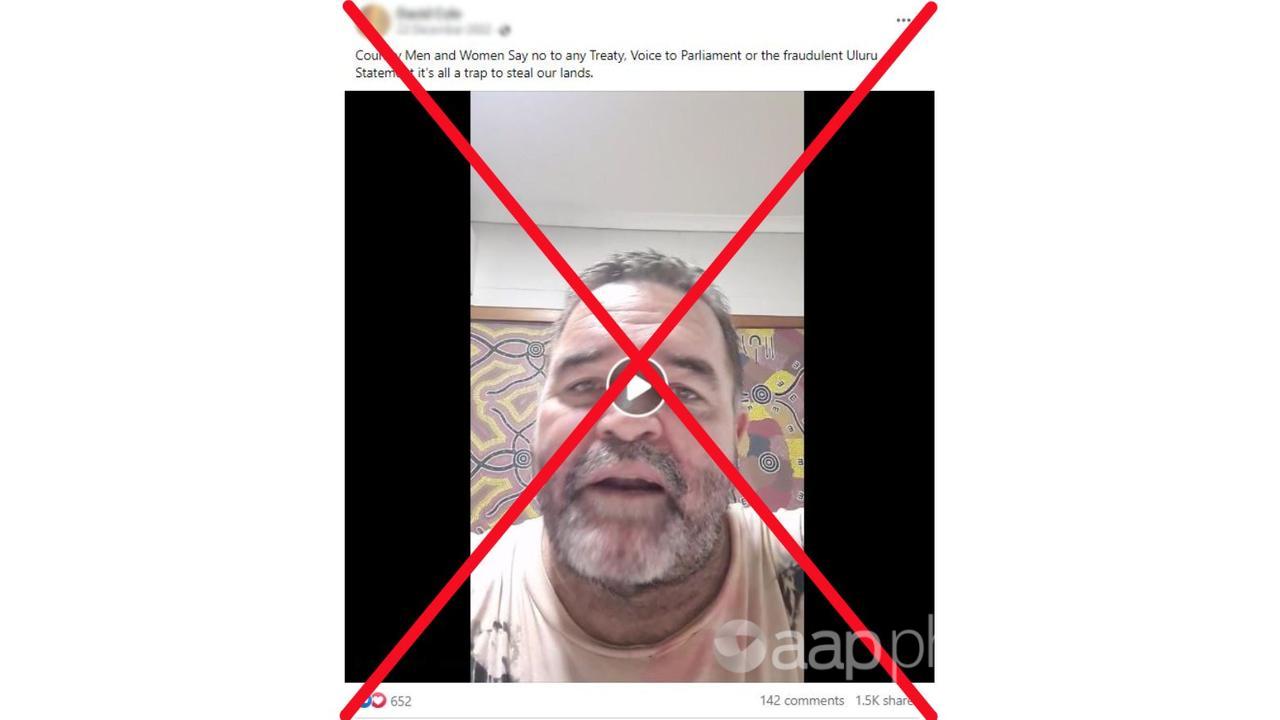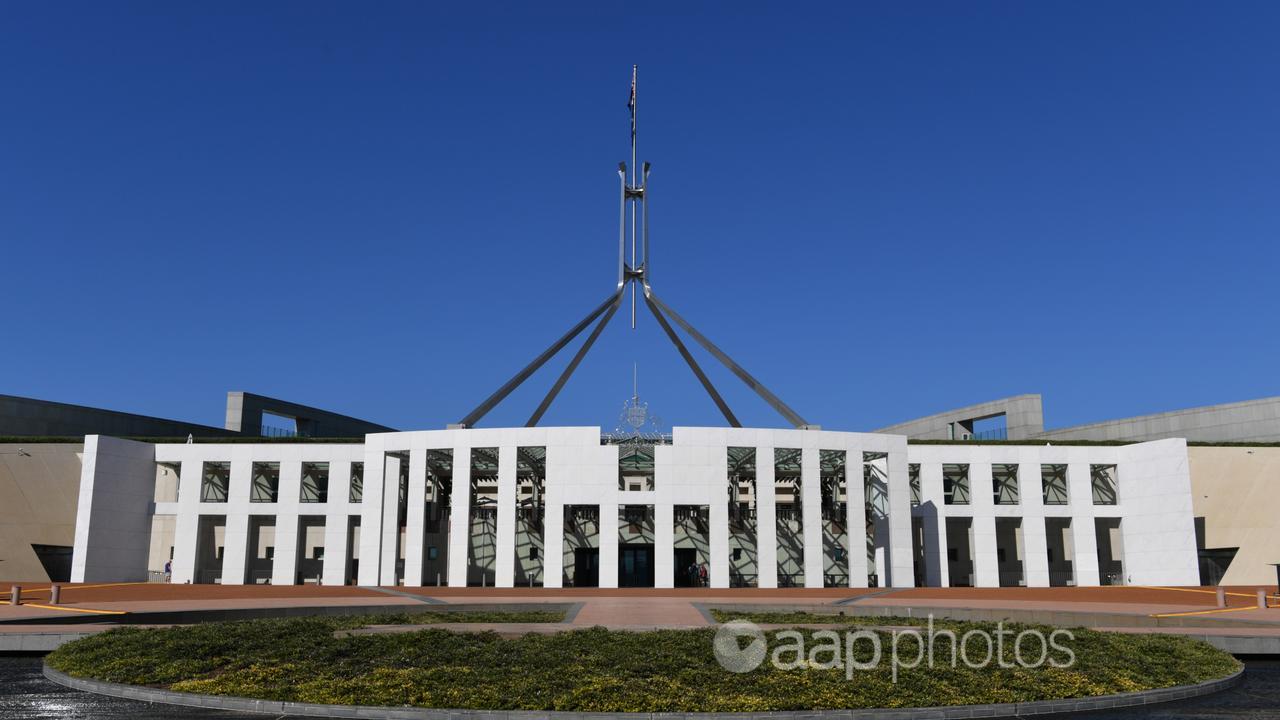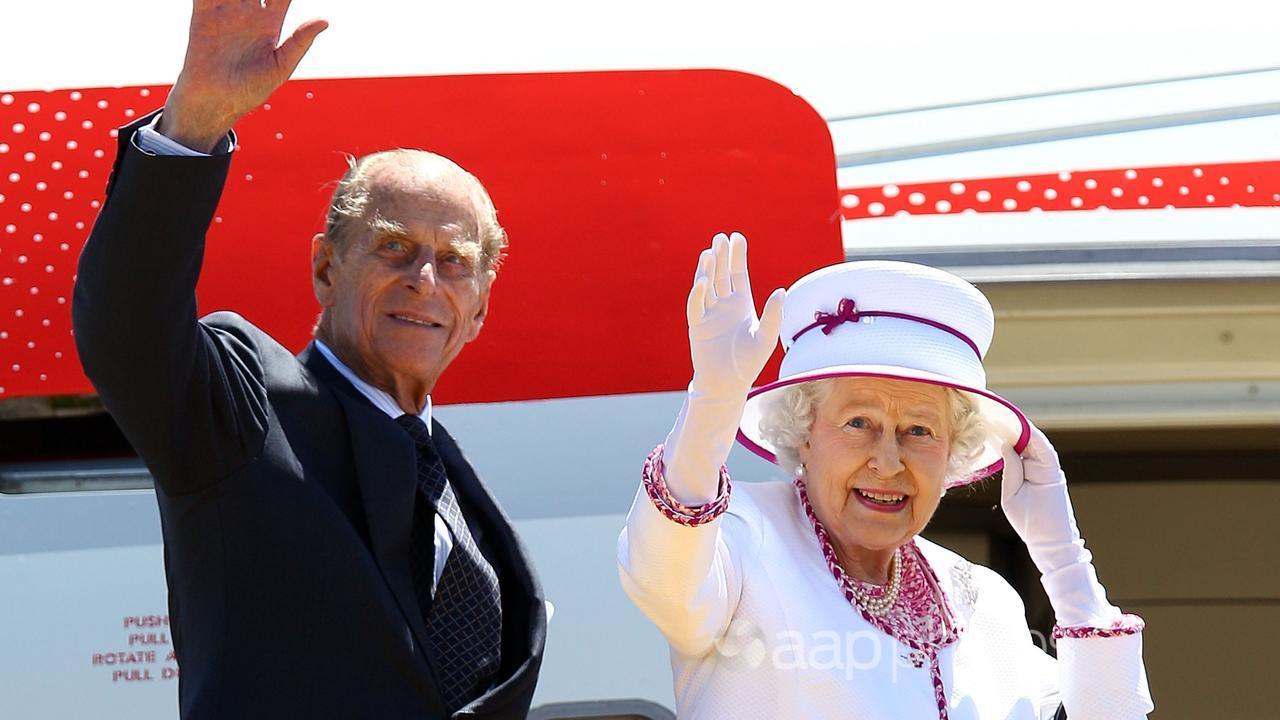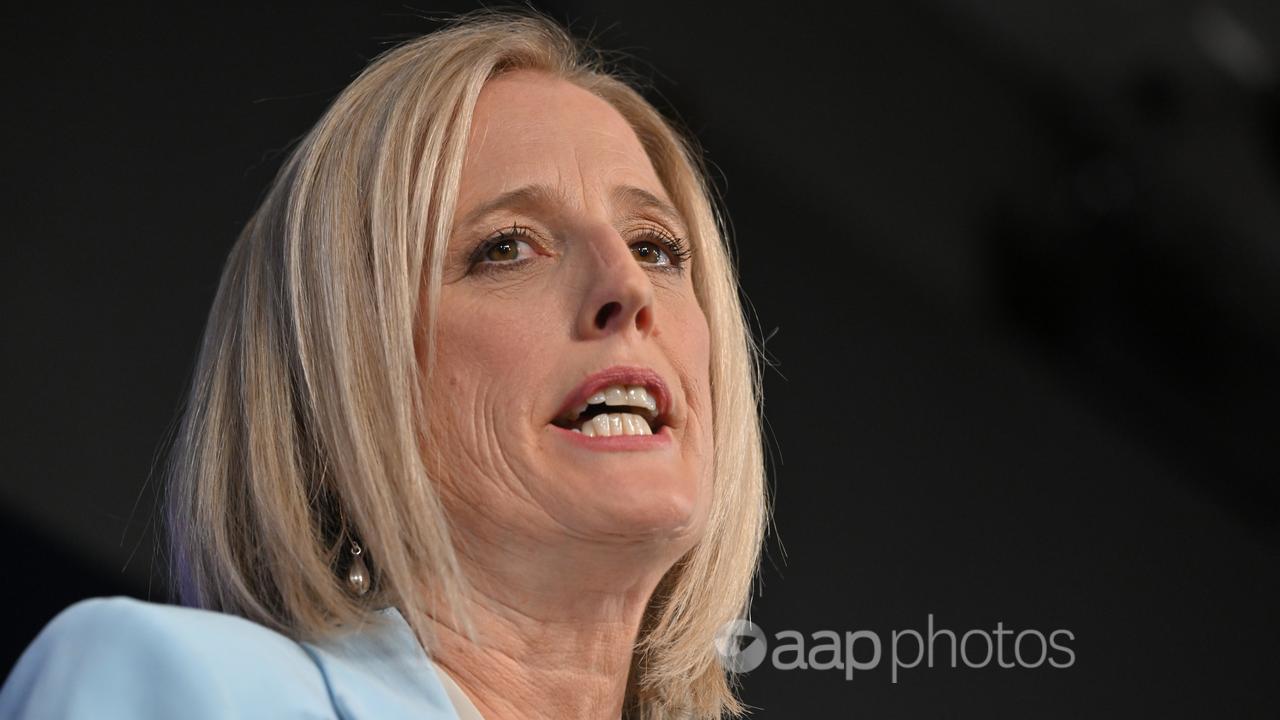The sovereign citizen movement has entered the Indigenous voice debate, arguing the constitution is an illegal document and Australia is operating as a corporation.
Therefore, it is claimed the proposed Aboriginal and Torres Strait Islander voice to parliament would be null and void if enshrined in the Australian Constitution.
The claims are false.
The sovereign citizen movement has its origins in the US but has been on the rise in Australia in recent years.
While their theories are usually focused on speeding fines and interactions with police, they’re now being erroneously applied to the proposed constitutional recognition of Indigenous people.
In particular, the claims are linked to the passing of The Royal Style and Titles Act in 1973.
It is a common sovereign citizen trope that AAP FactCheck has previously tackled here.

The 1973 law resulted from attempts by Gough Whitlam‘s government to update the formal title used by the then Queen in relation to Australia.
After a back and forth, it was finally settled on as: “Elizabeth the Second, by the Grace of God Queen of Australia and Her other Realms and Territories, Head of the Commonwealth.”
Sovereign citizens argue that because the Constitution specifically mentions the Queen of the United Kingdom of Great Britain and Ireland rather than the Queen of Australia, the country’s founding document is invalid.
Some also argue the new law changed the constitution illegally as there was no referendum, as is required.
This video (archived here) has appeared in numerous different posts (example here).
In it, a man makes reference to the voice, the Uluru Statement from the Heart and Northern Territory treaties before claiming “there is no government.”
“The Crown left here in 1973. That’s when the Queen left this continent. All they left behind was a corporation,” he adds.
This post describes Mr Whitlam as the “treasonous trader,” adding “who is the Queen of Australia?”
This post claims the constitution was illegally changed in 1973 with no referendum and that the Queen of Australia was “invented”.
University of Sydney Professor Emerita of constitutional law Anne Twomey said the claims are nonsense.

She described the 1973 law as ordinary legislation and said it did not seek to amend the constitution.
“People making these arguments should look at the words in the Act and consider what it says. They should also look at the Constitution and how it is amended,” Prof Twomey told AAP FactCheck.
Associate Professor Harry Hobbs, a constitutional law and human rights expert at the University of Technology Sydney, agreed and said the High Court had previously dismissed similar arguments such as with this 1998 case (paragraph 12).
This 1988 High Court ruling also made clear “every reference to the Queen in the Constitution needs to be read as being a reference to the Queen of Australia.”
“It is worth repeating that all laws passed in Australia – including the 1973 Royal Styles and Titles Act – must be consistent with the Constitution,” Dr Hobbs told AAP FactCheck.
“The only way to formally change the Constitution is via a referendum. The Australian Parliament cannot change the Constitution by itself. ”
Many of the posts also make mention of Australia supposedly being a corporation. This is another common trope previously tackled by AAP FactCheck.
Dr Hobbs explained the conspiracy theory dates back to the 2000s when the government registered the Commonwealth of Australia as an entity in the US for the purposes of issuing securities.
This was to provide a guarantee for Australian financial institutions during the Global Financial Crisis.
Prof Twomey said this document in particular excites sovereign citizens with regard to the corporation claim.

“But that registration did not turn the Commonwealth of Australia into a ‘corporation’, or indeed, a ‘foreign corporation’,” Prof Twomey said.
“If you read the document, there is nothing in there that classifies the Commonwealth of Australia as a corporation. On the contrary, it was registered as a foreign government.”
AAP FactCheck has also previously debunked a claim that the voice has been registered as a private company.
The Verdict
The claim that the proposed Indigenous voice would be null and void as it will be enshrined in a fictional constitution is false.
The claim has its roots in sovereign citizen theories that have long since been debunked.
In particular, the Royal Style and Titles Act 1973 did not amend the constitution. Suggestions that the constitution is invalid as it makes no mention of the Queen of Australia have also been dismissed by the High Court.
Claims Australia is a corporation date back to the 2000s when the Commonwealth of Australia was registered as an entity in the US for the purpose of issuing securities. The documentation makes clear it was registered as a foreign government.
False – the claim is inaccurate.
AAP FactCheck is an accredited member of the International Fact-Checking Network. To keep up with our latest fact checks, follow us on Facebook, Twitter and Instagram.
All information, text and images included on the AAP Websites is for personal use only and may not be re-written, copied, re-sold or re-distributed, framed, linked, shared onto social media or otherwise used whether for compensation of any kind or not, unless you have the prior written permission of AAP. For more information, please refer to our standard terms and conditions.


















